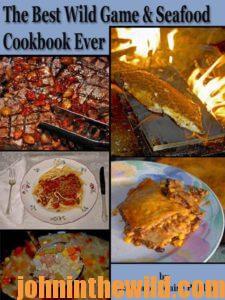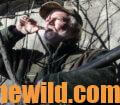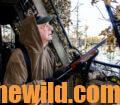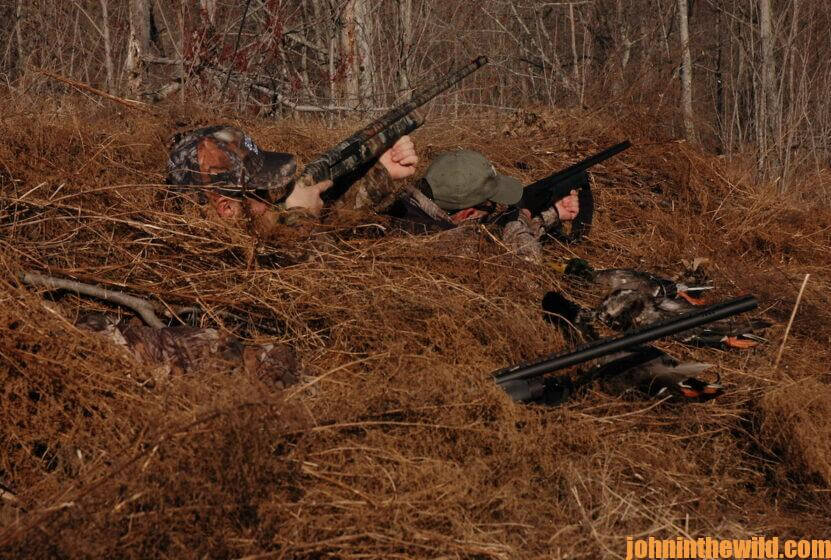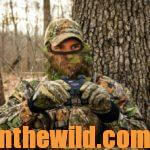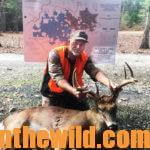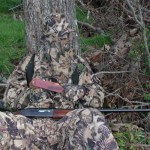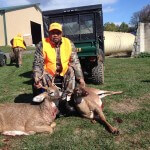Editor’s Note: Steve McCadams, 67 years old, from Paris, Tennessee, has been guiding duck hunters for 47 years. “I hunt Kentucky Lake on the Tennessee River, and I’ve got a flooded farm on the Obion River Swamp that I hunt in northwest Tennessee. When I’m hunting Kentucky Lake, that’s what we call, ‘big water hunting.’ We’re hunting backwaters off the main Tennessee River where there are mudflats, islands and sloughs. In open water, we put out fairly-big decoy spreads – usually 350-400 decoys. We take a variety of ducks on these hunts, including ringnecks, goldeneyes, buffleheads, bluebills – all diver ducks. We’ll put a few of those kind of decoys on one end of the decoy spread, but then the bulk of my spread is made up of gadwalls and mallard decoys with a few wigeons. Although we don’t take a lot of geese like we did in the 1970s, 1980s and 1990s, we’ll still put out 30-40 Canada floater decoys in the spread and some coots. Several years ago when these areas had a lot of aquatic grass, I put out more coot decoys than I do today.”
 Besides hunting the open water on Kentucky Lake, McCadams also has blinds in the Obion River bottom, a tributary that runs into the Mississippi River from west Tennessee. “When the river gets up, it floods the grain fields in that area, and we can have some good duck shoots there in my blinds when the conditions are right. After a hard rain, the ducks will come up those rivers looking for places to roost and to feed. These river bottoms are big farming country, and after the grain has been harvested, we can flood these fields. The ducks really like to get in there and
Besides hunting the open water on Kentucky Lake, McCadams also has blinds in the Obion River bottom, a tributary that runs into the Mississippi River from west Tennessee. “When the river gets up, it floods the grain fields in that area, and we can have some good duck shoots there in my blinds when the conditions are right. After a hard rain, the ducks will come up those rivers looking for places to roost and to feed. These river bottoms are big farming country, and after the grain has been harvested, we can flood these fields. The ducks really like to get in there and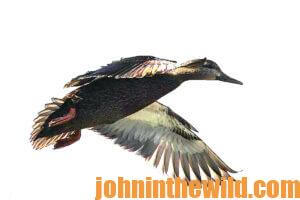 feed on the waste grain in the shallow water.”
feed on the waste grain in the shallow water.”
McCadams uses pole blinds when hunting in these grain fields. He builds blinds next to a thicket or a tree line, so that the blind appears to be built from that same type of terrain. “We can get to those blinds by boat, or sometimes when the water is really shallow, I can use my Ranger polaris four-wheeler (https://ranger.polaris.com/en-us/) to drive my hunters out to the blind,”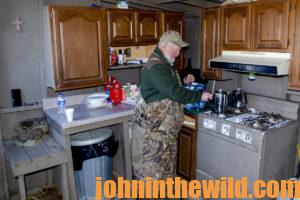 McCadams explains.
McCadams explains.
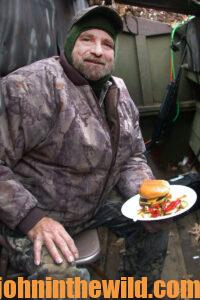
“I always prepare lunch for my hunters whether we’re hunting open water or flooded fields. Sometimes we’ll have pork chops or chicken breasts (we usually marinate the meat overnight) with beans and slaw as sides. I’ll send my hunters home full of food after a day of duck hunting. I explain from the beginning, ‘I can’t control the weather, or the ducks, but I can control the food we eat.’ We get in the blind before daylight and don’t hunt past 2:00 pm.”

McCadams is often asked, ‘When is the best time to hunt mallards in your area?’ He says, “We can hunt until the end of January, and by that time of the year, we’re the beneficiary of cold weather up north. So, the peak of the mallard migration usually happens during January.” 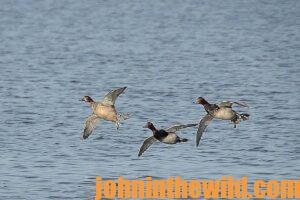
McCadams doesn’t just spend all of his time guiding. He’s hunted up and down the flyway from Saskatchewan, Canada, to south Louisiana, and as far west as South Dakota. “I wanted to broaden my education on calling and hunting ducks by going to other places and learning from other hunters who hunt differently from the way I hunt. I’ve hunted in layout blinds in Saskatchewan, all the way to the marshes of Louisiana and all the duck places in-between. I really believe that traveling to different places and hunting with various groups of hunters, you can get a better education on how to set-up and call ducks. Although I only guide about 40 days, I usually hunt about 50-60 days from the North to the South, and I’ve hunted more than 60 days when hunting in different states. Although hunting in layout blinds in Canada is a lot of fun and can be highly successful, I still prefer to hunt around water. I like to see a dog work, and most of the time, I’ll be hunting with a dog. But the most ducks I’ve ever seen by far is hunting in Canada. That’s the breeding ground for ducks, and you’ll have a chance to hunt ducks before they’ve had any hunting pressure, and before they come down the flyaway.”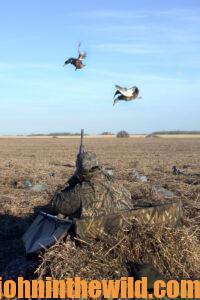
If you want to hunt with Steve McCadams you can call him at 731-676-7748; his email address is stevemc@charter.net, or visit him at his Facebook page https://www.facebook.com/steve.mccadams.
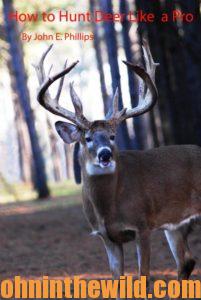 For more information about John E. Phillips’ hunting books, visit www.amazon.com/author/johnephillips. To learn more about hunting deer, check out John E. Phillips’ book, “How to Hunt Deer Like a Pro,” available in Kindle, print and Audible versions, at (http://amzn.to/YpoQHA). To learn more about hunting for deer, check out John E. Phillips’ “Jim Crumley’s Secrets of Bowhunting Deer”, now available as of January 1, 2022 in Audible, as well as paperback and Kindle at https://www.amazon.com/. You may have to copy and paste this link into your browser. (When you click on this book, notice on the left where Amazon says you can read 10% of the book for free, and you can hear 10% for free). On the right side of the page and below the offer for a free Audible trial, you can click on Buy the Audible book. Go to https://www.amazon.com/ to learn about John and Denise Phillips’ cookbook, available in Kindle and print, “The Best Wild Game and Seafood Cookbook” that includes an entire chapter on bird recipes, including recipes for their favorite duck dishes.
For more information about John E. Phillips’ hunting books, visit www.amazon.com/author/johnephillips. To learn more about hunting deer, check out John E. Phillips’ book, “How to Hunt Deer Like a Pro,” available in Kindle, print and Audible versions, at (http://amzn.to/YpoQHA). To learn more about hunting for deer, check out John E. Phillips’ “Jim Crumley’s Secrets of Bowhunting Deer”, now available as of January 1, 2022 in Audible, as well as paperback and Kindle at https://www.amazon.com/. You may have to copy and paste this link into your browser. (When you click on this book, notice on the left where Amazon says you can read 10% of the book for free, and you can hear 10% for free). On the right side of the page and below the offer for a free Audible trial, you can click on Buy the Audible book. Go to https://www.amazon.com/ to learn about John and Denise Phillips’ cookbook, available in Kindle and print, “The Best Wild Game and Seafood Cookbook” that includes an entire chapter on bird recipes, including recipes for their favorite duck dishes. 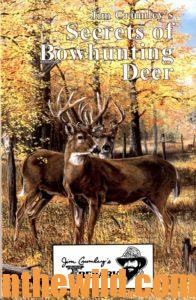
Tomorrow: Tommy Aiken Hunts Ducks and Geese